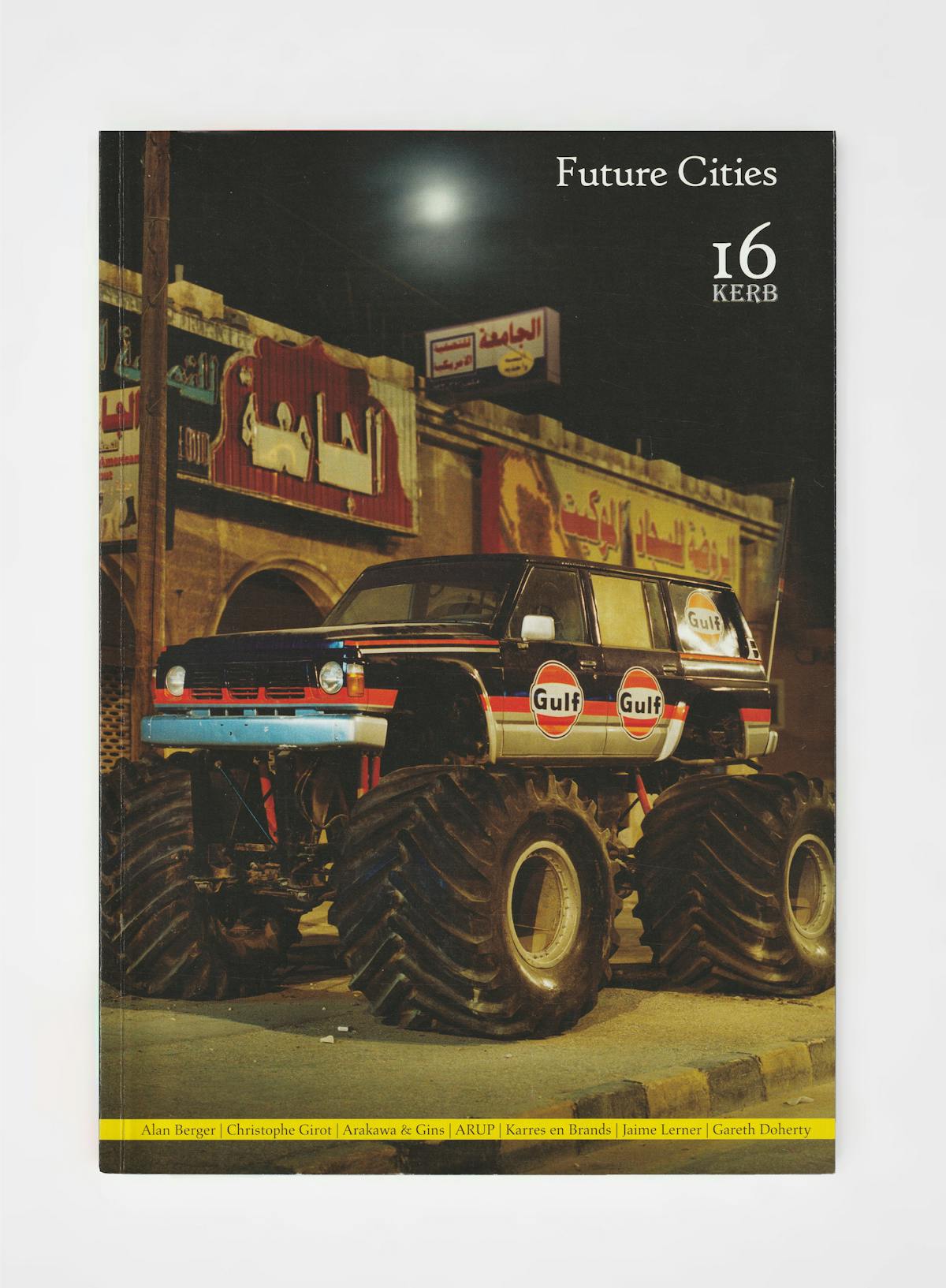TODO: images
What is ‘the city’? The city is elusive in that it is constructed and exists only in the manifold ways in which we see it. Concepts of the city are signified in multiple ways through time, these conceptions entailing differing states and scales of information. am interested in considering how the landscape could provide a framework for rethinking the city. Presently within a part of Landscape Architectural discourse the city is considered in terms of emergence, flux and transformation. This is one scale of consideration that begins to implicate other frames and scales of reference.
‘The city must never be confused with the words that describe it. And yet between one and the other there is a connection.[^1]
The immaterial[^2] organisation of spatial, social and environmental structures can be defined as that which forms a syntax or language that unfolds in multiple ways through the landscape; a language that is constantly remapping, reorganising and rewriting itself through space and time. In this way, concepts of the city can be considered through the landscape, as modes of production -each with subsequent processes, outcomes and redundancies. These modes can ‘be set in motion by the ordering intervention of intellect, which dissolves their mutual distinguishability and causes forms to emerge though differentiation’.[^3]
I will attempt to consider the landscape as a framework through four key terms (lenses). These are ‘medium’, ‘syntax’, ‘sign’ and ‘material’.
These terms overlap, connect, contract and produce difference.
Medium — a vehicle and a methodology
The ‘ground’ of landscape goes beyond the physical and encompasses the social, political, economic and ‘environmental’. This is common rhetoric, however as a discipline we struggle to negotiate the terrain between these fields of information. Partly this is because the fields operate at different and then, multiple scales and partly because the ‘structure’ of these fields is so disparate. Though they may be immaterial, they still are structured or ordered in some way.
The immaterial/material nature of the landscape has been conceptualised in many different ways. In his essay ‘The city iS not a tree’ Christopher Alexander seeks an ‘abstract ordering principle’4 for the city. However, the ‘city is not a tree’ nor is it a ‘semi lattice’,5 it is both simultaneously. Alexander seeks only one principle and does SO externally to the conditions of the city. The ordering principles are contained within the medium of the landscape.
In this way the city could be reframed in terms of the landscape. What becomes critical then is that the landscape is the ‘ground’ through which material and immaterial are indistinguishable. The implications on the landscape are an intertwining of the material and immaterial. However, the relationship is not necessarily linear constituting a cause and effect, or necessarily formal outcome. Modes of production construct that which is the ‘product’ and that which is waste’. Within the landscape these conditions coincide, are reversed, overlapping and conflicting, such that ‘there is no language without deceit’.[^6]
Syntax — a relation between parts
So how then do we consider the multiple languages of the landscape? Are there translations between the fields? Generally, a duality of relations is considered. The first are the spatial relations (the material) and the other are less tangible relations (the immaterial). Within this frame, the social, political etc are considered as the immaterial. This separation of the material and immaterial is a conceit. The two are always intertwined.
Identifying syntax as immaterial relationships and defining material as the processes and forms of the landscape, then the landscape is a kind of felt in which the topographical, hydrological, political, social are enmeshed. The connections are therefore not linear but related to adjacencies through scale.
Sign — meaning
’Signs form a language but not the one you think you know’.[^7] If conceptual re-orderings have the capacity to ‘reorganise’ the city, then does the city have the capability to reorganise conception? That then becomes a spatial reorganisation through syntactical relationships recreating meaning. In Stasiland,[^8]Funder interviews the man who drew the line that demarcated the Berlin Wall not on a plan, but on the ground in chalk (with one leg on either side). He said that people always asked him why he did not just step over to the ‘West’ and escape. Imagine escaping over a chalk line. Here the line was a mode of political organisation, it was ‘charged’.
Concepts of the city are only that upon which we pretend to agree and that changes over time, as part of a continual construction of city-ness.
Material — the way in which information is transformed
‘Man bears in his mind a city made only of differences, a city without figures and without form, and the individual cities fill it up? [^9] The immaterial is both transformed and transforms the landscape at a particular scale and through a series of different materials to different effect.
So then the immaterial and material relations of a city become repeated, iterated and enumerated on and through the landscape. Yet, there is no set relationship. The modes of production of signification and syntax ensure that the relationship between the material and the ‘ground’ consists of shifting hierarchies. At times it is the landscape that is redundant (for example the overlaying of a geometrical grid) but reasserts itself in particular locations and scales.
‘It is only in language that something is a proposition. To understand a proposition is to understand a language. A proposition is a sign in a system of signs. It is one combination of signs among a number of possible ones, and as opposed to the other possible ones’.[^10]
It is through the limits of the landscape that considerations of the city may be framed. This reframing is an active design process that inserts an ‘other’ within normative considerations of what is.
